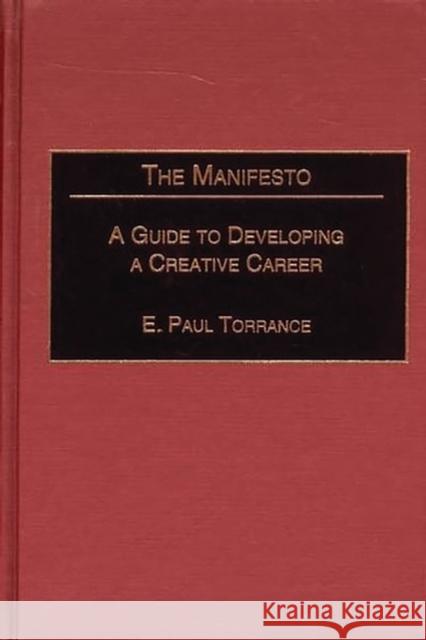The Manifesto: A Guide to Developing a Creative Career » książka
The Manifesto: A Guide to Developing a Creative Career
ISBN-13: 9781567506464 / Angielski / Twarda / 2002 / 152 str.
More than 40 years ago, E. Paul Torrance undertook to study creativity in students and study whether it would predict their creative achievements as adults. He and his colleagues wanted to determine what other factors influence, predict, encourage or sustain their creativity over time. There has never been a longitudinal study of creativity of this magnitude. Its findings will be useful to, and have implications for, several audiences: parents, teachers, counselors--especially vocational counselors--university and college instructors, and educational administrators.
The Manifesto for Children was developed on the basis of the responses of 215 young adults who had attended two elementary schools in Minnesota from 1958 to 1964. They had been administered some creativity tests each year, and they were followed up in 1980. On the basis of their questionnaire responses, the Manifesto was developed to describe their ongoing struggle to maintain their creativity and use their strengths to create their careers and to provide guidance to children. In 1998, they were followed up to assess their creative achievements and to validate the Manifesto. Some of the participants had attained eminence, while others had attained only mediocre careers.











